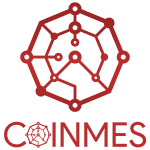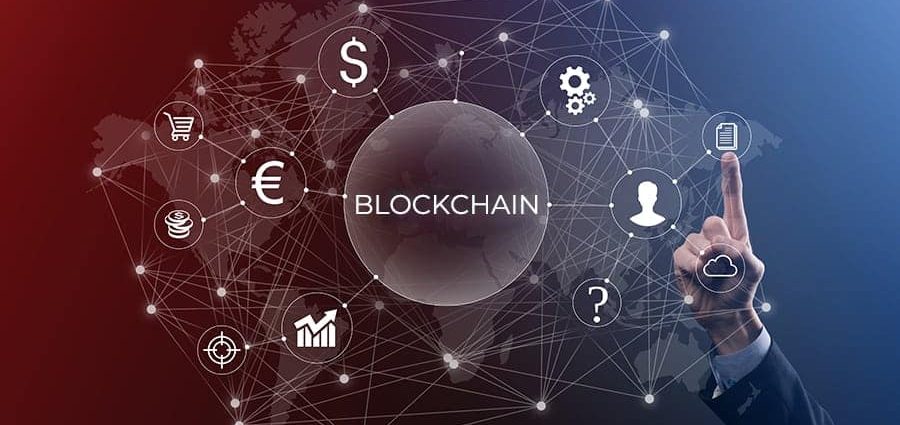Blockchain and traditional databases are used to store and manage data, but they differ in many ways. Traditional databases are centralized and rely on a trusted intermediary to manage the data. In contrast, blockchain is decentralized and uses cryptography to ensure the integrity and security of data. This article will explore the key differences and advantages of blockchain and traditional databases.
Overview of Traditional Databases
Traditional databases have been around for decades and are widely used in many industries, including finance, healthcare, and retail. These databases are designed to store and manage structured data, which is data that is organized into tables and fields. Traditional databases use a client-server model, where a central server manages the data, and multiple clients access the data through a network.
Traditional databases are reliable, scalable, and efficient. They can handle large amounts of data and support complex queries. They also offer features such as transactions, which ensure that changes to the data are atomic and consistent. However, traditional databases have some limitations. They are centralized, making them vulnerable to data breaches and other security risks. They also rely on a trusted intermediary, which can create a single point of failure.
Overview of Blockchain
Blockchain is a relatively new technology that was invented in 2008 by Satoshi Nakamoto. Blockchain is a decentralized, distributed ledger that uses cryptography to ensure the integrity and security of data. In a blockchain network, every participant has a copy of the ledger, and all participants must agree on the validity of new transactions before they are added to the ledger.
Blockchain is designed to store and manage unstructured data, which is data that is not organized into tables and fields. Blockchain can store any type of data, including digital assets, contracts, and identity information. Blockchain is also designed to be transparent, immutable, and tamper-proof. Once data is added to the blockchain, it cannot be deleted or modified without consensus from all participants in the network.
Key Differences between Blockchain and Traditional Databases
- Decentralization: Traditional databases are centralized, which means they rely on a trusted intermediary to manage the data. In contrast, blockchain is decentralized, which means that there is no central authority that controls the data.
- Security: Traditional databases rely on access control mechanisms to ensure the security of data. In contrast, blockchain uses cryptography to ensure the integrity and security of data.
- Transparency: Traditional databases are not transparent, meaning that users cannot see the data stored in the database. In contrast, blockchain is transparent, which means that all participants in the network can see all of the data that is stored in the blockchain.
- Immutability: Traditional databases allow users to modify or delete data. In contrast, blockchain is immutable, which means that once data is added to the blockchain, it cannot be deleted or modified without consensus from all participants in the network.
- Consensus: Traditional databases rely on a trusted intermediary to manage the data and ensure consistency. In contrast, blockchain uses consensus algorithms to ensure that all participants in the network agree on the validity of new transactions before they are added to the blockchain.
Advantages of Blockchain over Traditional Databases
- Security: Blockchain is more secure than traditional databases because it uses cryptography to ensure the integrity and security of data. Blockchain is also decentralized, which means that there is no single point of failure.
- Transparency: Blockchain is more transparent than traditional databases because all participants in the network can see all of the data that is stored in the blockchain. This can increase trust and accountability in transactions.
- Immutability: Blockchain is more immutable than traditional databases because once data is added to the blockchain, it cannot be deleted or modified without consensus from all participants in the network. This can increase the integrity of data and prevent data tampering or manipulation.
- Decentralization: Blockchain is more decentralized than traditional databases, which means that there is no central authority that controls the data. This can increase the security of the data and prevent single points of failure.
- Faster Transactions: Blockchain can process transactions faster than traditional databases because it uses consensus algorithms to validate transactions. This can lead to faster and more efficient processing of data.
- Lower Costs: Blockchain can be more cost-effective than traditional databases because it does not require a central authority to manage the data. This can reduce costs associated with maintaining and managing a traditional database.
- Improved Trust: Blockchain can improve trust between parties because all transactions are transparent and verified by all participants in the network. This can increase the integrity of transactions and reduce the risk of fraud or corruption.
Advantages of Traditional Databases over Blockchain
- Structured Data: Traditional databases are designed to manage structured data organized into tables and fields. This makes traditional databases more efficient and effective for managing certain types of data.
- Familiarity: Traditional databases have been around for decades and are widely used in many industries. This means that many organizations are familiar with traditional databases and may be more comfortable using them than blockchain.
- Centralized Management: Traditional databases rely on a central authority to manage the data. This can make managing and maintaining the data easier, especially in large organizations.
- Lower Complexity: Traditional databases are generally less complex than blockchain, which can make them easier to manage and maintain.
Conclusion
Blockchain and traditional databases are both important technologies for storing and managing data. While traditional databases are centralized and rely on a trusted intermediary, blockchain is decentralized and uses cryptography to ensure the integrity and security of data. Blockchain is more secure, transparent, and immutable than traditional databases, but traditional databases are more efficient for managing structured data and may be more familiar to organizations. Ultimately, the choice between blockchain and traditional databases depends on the specific needs of the organization and the type of data that needs to be managed.
I’m a Crypto author and I take great interest in the Blockchain technology. I have been writing since 2014 on various aspects of the Bitcoin protocol and the Ethereum network. I’m also a regular contributor to Decrypt, where I cover news and offer analysis on the latest trends in the cryptocurrency industry.

